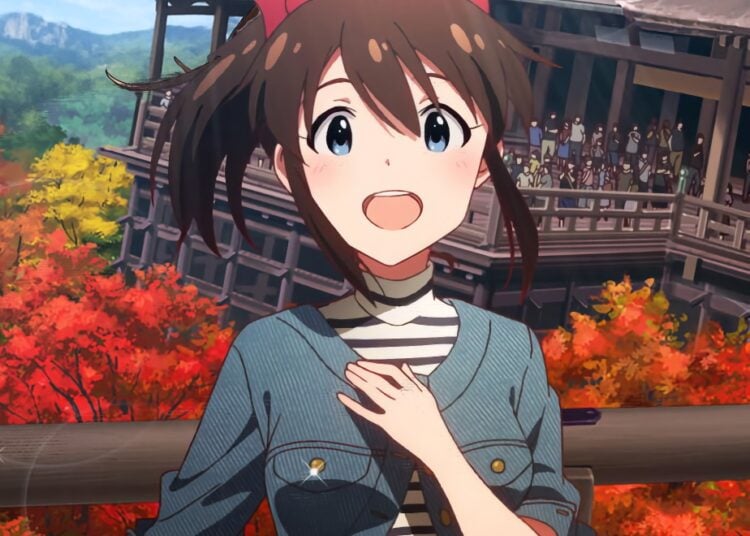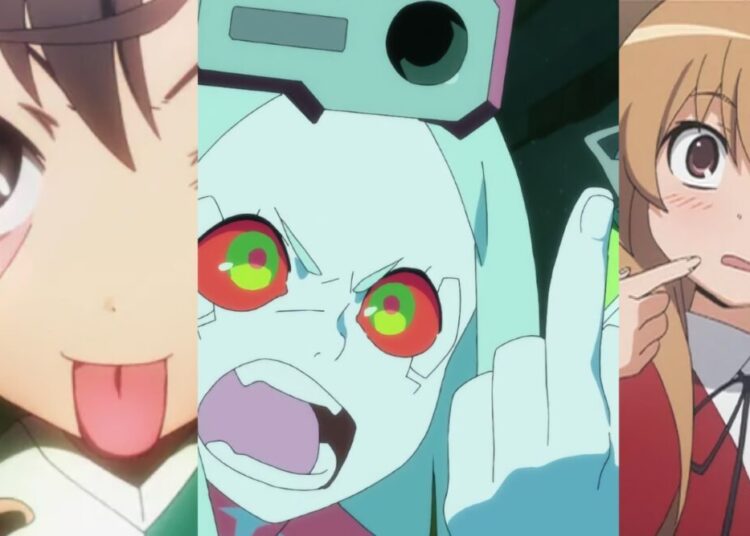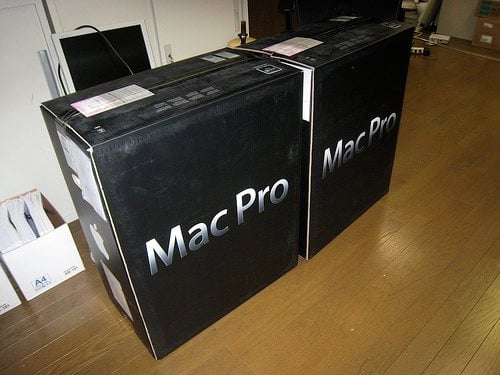Hello again from Japan where getting your hair colored is known as a “hair manicure.”
For some reason, one of the weirdest sights you can see in Japan is two foreigners using Japanese to carry on a conversation. Although it’s theoretically no different from people from France and Germany using a third language to communicate, the sight of two gaijin chatting in nihongo looks very strange here, and will often get amused giggles from passers-by. I used to have an Iranian friend who spoke no English, so we had to use Japanese to communicate. He’d ask me if America was really the way it looked in Hollywood movies, and I’d ask questions about life back in Iran, and we both learned a lot. Once I flew to the States on Varig, the national carrier of Brazil, and learned that Brazilians aren’t generally fluent in my native tongue. Any small talk I wanted to make with the people around me had to be done in Japanese.
I remember those standardized tests we had to take back in school, the ones where you had to use a No. 2 pencil (although I have yet to encounter a No. 1 or No. 3 pencil in my life). The teachers would try their best to give us some strategies for the tests, like, make sure you blacken in the circles completely and, if you have time at the end, go back and check your answers. The Japanese are a bit more focused on tests than I was during my education, and the idea of studying for a university entrance exam isn’t really about simply learning the subjects that will be tested, but rather how to approach the test itself. Teachers who prepare their students to take the test for a school like the prestigious Aoyama Gakuin University have to research the past year’s exams so they can help predict what the students need to cram for this year, and there are prep schools that do nothing but prepare students to get into a single university. Students want results, and these prep schools will advertise the percentage of students who got into their school of choice each year. When it came time for my kids to take the “Eiken” test, the standard test of English that’s usually taken by much older students, my wife plotted a complex strategy for them, allowing them to score points on their strengths (listening comprehension) while avoiding the difficult patches (long-paragraph reading and “find the grammatical errors” exercises). Both passed with flying colors.
If you’ve ever tried complimenting a Japanese person on something, their language ability for example, you might be surprised to hear them deny your compliment. A big part of being Japanese is having humility, which is called kenson (KEN-son) in Japanese, and as a rule people here take great pains to avoid appearing boastful and proud. When a Japanese person gives you a gift, they’ll usually say, “This isn’t very interesting, but please accept it,” or if it’s food, “I’m not sure if this tastes good or not.” One major difference between schools in the U.S. and Japan that I’ve noticed is that here, the children themselves are responsible for every lick of cleaning that goes on in their school, from sweeping to wiping off desks to cleaning the bathrooms, including the “big cleaning” that’s done at the end of the year. There are no janitors at Japanese schools, just a handyman for doing jobs like changing out lights — all the cleaning is the responsibility of the students. This certainly has some budgetary benefits for schools, but it also helps build character and yes, a little humility, in the kids. This tradition of self-cleaning is carried over into many companies, and every Monday morning the J-List employees wipe, sweep, clean and vacuum the office to make sure we have a clean place to work in all week.
Remember that J-List sells incredibly warm hooded sweatshirts that are perfect for cooler months, or for throwing on the evenings when it cools down. Our hoodies feature cool kanji designs, from our classic “Looking for a Japanese Girlfriend” design to our fun “Respect the Emperor and Expel the Foreign Barbarians.” We’ve also got our great Domo-kun hoodies for you, a great way to show your individuality and love of Japanese pop culture. While most of the hoodies we see being sold online are the inferior 50/50 blends that feel rough against the skin after a short time, we sell the best hoodies money can buy, with high quality 80/20 blends that are really soft and cozy.















